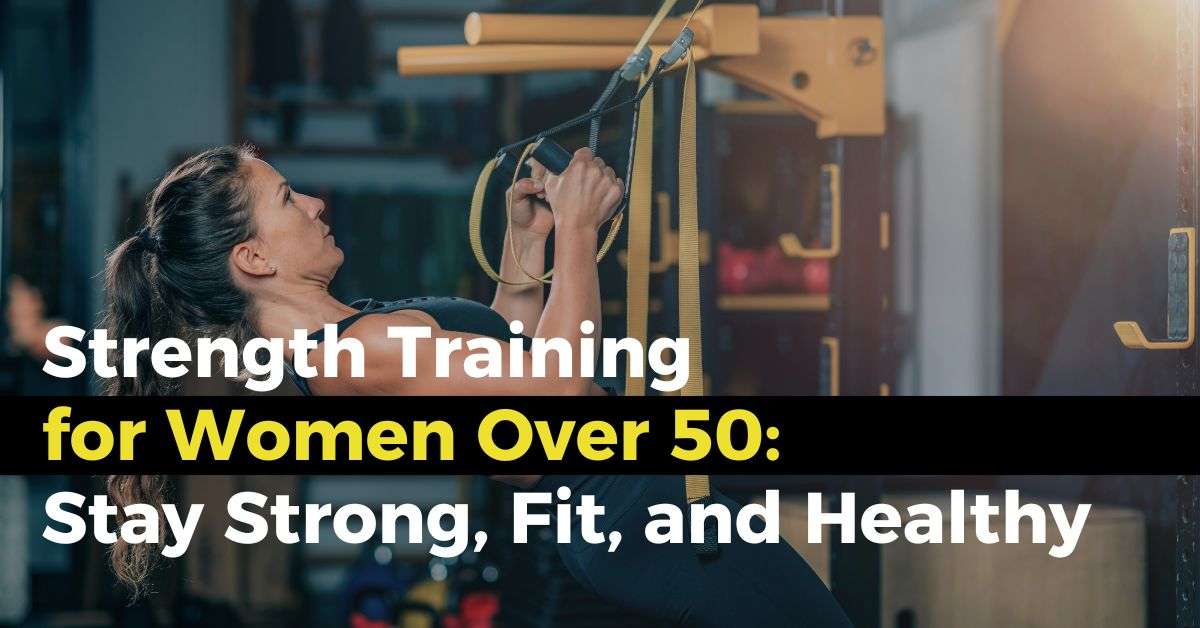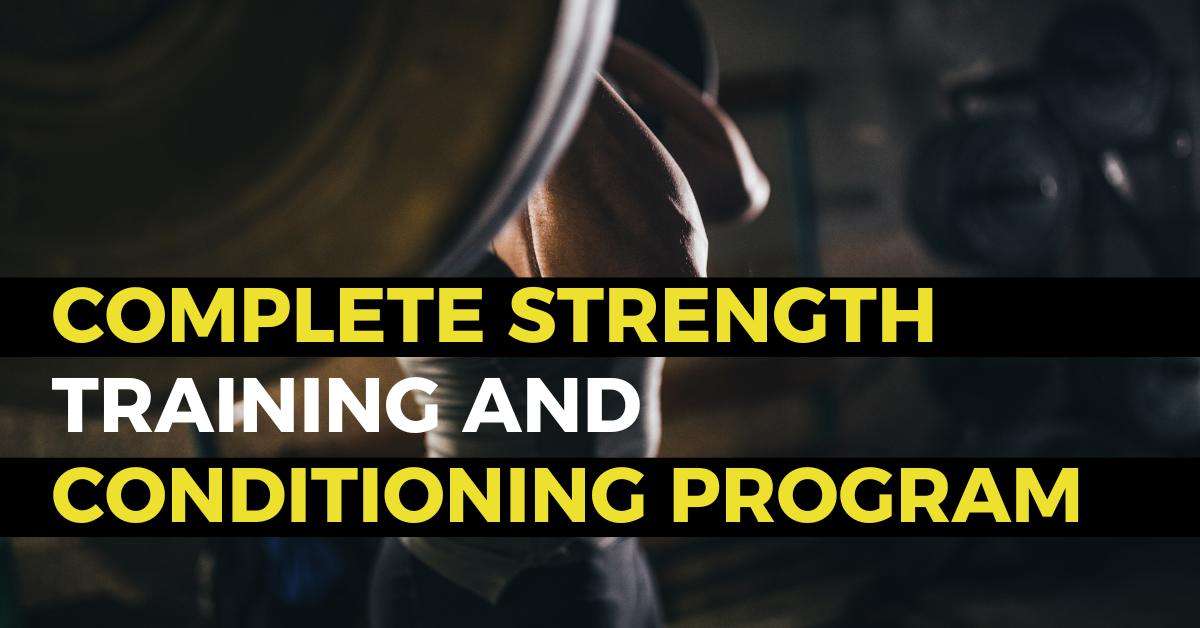
As women age, maintaining muscle mass and strength becomes crucial for overall health and well-being. Strength training for women over 50 is not just about looking toned—it’s about improving mobility, increasing bone density, and enhancing quality of life. In this guide, we’ll explore how much strength training is ideal for women in their 50s, the best workout routines, and address some frequently asked questions to help you get started on your fitness journey.
How Much Strength Training Should a 50-Year-Old Woman Do?
Strength training for women over 50 should be a regular part of your weekly routine. Experts recommend that women in this age group engage in strength training exercises at least two to three times per week. Each session should last between 30 to 60 minutes, focusing on all major muscle groups. This frequency ensures you build muscle, improve endurance, and reduce the risk of osteoporosis.
Consistency is key. While starting with two sessions per week is a great beginning, aim to increase to three as your strength improves. Incorporating a variety of exercises, including resistance bands, free weights, and bodyweight exercises, will help you target different muscle groups effectively.
The Best Workout Routine for a 50-Year-Old Woman
Creating a balanced workout routine is essential for maximizing the benefits of strength training for women over 50. Here’s a sample workout routine that targets all major muscle groups:
- Warm-Up (5-10 minutes):
- Begin with a light cardio activity such as brisk walking, cycling, or using an elliptical. This increases your heart rate and prepares your muscles for the workout.
- Lower Body Workout:
- Squats: 3 sets of 10-12 reps. Squats are great for strengthening the quads, hamstrings, and glutes.
- Lunges: 3 sets of 10 reps per leg. Lunges target your thighs and help improve balance.
- Leg Press: 3 sets of 10-12 reps. This machine-based exercise focuses on the quads and glutes.
- Upper Body Workout:
- Chest Press: 3 sets of 10-12 reps. Use dumbbells or a machine to work the chest muscles.
- Bent-Over Rows: 3 sets of 10-12 reps. This exercise strengthens the back and improves posture.
- Bicep Curls: 3 sets of 12-15 reps. Bicep curls help tone the arms.
- Tricep Extensions: 3 sets of 12-15 reps. This targets the triceps, helping to avoid sagging in the arms.
- Core Workout:
- Planks: 3 sets of 30-60 seconds. Planks are excellent for core strength and stability.
- Russian Twists: 3 sets of 15 reps per side. This exercise targets the obliques.
- Leg Raises: 3 sets of 12 reps. Leg raises help strengthen the lower abdomen.
- Cool-Down and Stretching (5-10 minutes):
- Finish your workout with gentle stretching exercises, focusing on the muscles you worked. This helps reduce soreness and improves flexibility.

Benefits of Strength Training for Women Over 50
Incorporating strength training into your routine has numerous benefits beyond just physical appearance. Here are some of the key advantages:
- Increased Bone Density: Strength training helps maintain and even increase bone density, reducing the risk of osteoporosis, a common concern for women over 50.
- Improved Joint Health: Regular strength training can improve joint function and reduce the risk of arthritis.
- Enhanced Metabolism: Muscle mass burns more calories than fat, even at rest. Strength training helps boost your metabolism, making it easier to maintain a healthy weight.
- Better Balance and Stability: As we age, balance and coordination can decline. Strength training improves these aspects, reducing the risk of falls.
- Mental Health Benefits: Exercise, including strength training, releases endorphins, which can help reduce stress and improve mood.
FAQs About Strength Training for Women Over 50
1. Can I start strength training if I’ve never done it before?
Absolutely! It’s never too late to start strength training. Begin with lighter weights and focus on proper form. As you become more comfortable, gradually increase the weight. Consulting with a personal trainer can also be beneficial to ensure you’re performing exercises correctly and safely.
2. Should I combine strength training with other types of exercise?
Yes, combining strength training with cardiovascular exercises and flexibility training offers a well-rounded fitness routine. Cardiovascular exercises like walking, cycling, or swimming improve heart health, while flexibility exercises like yoga or Pilates enhance your range of motion and prevent injury.
3. How do I avoid injuries while strength training?
To avoid injuries, start with a proper warm-up, use the correct form, and don’t rush through exercises. It’s important to listen to your body and not push through pain. If you experience discomfort, reduce the weight or number of repetitions. Regular stretching and allowing time for muscle recovery between workouts are also crucial.
4. Do I need special equipment for strength training?
You don’t need a gym membership or expensive equipment to start strength training. Many effective exercises can be done with just your body weight, such as squats, push-ups, and planks. However, as you progress, incorporating dumbbells, resistance bands, or kettlebells can help increase the intensity of your workouts.
5. How can I stay motivated to continue strength training?
Setting realistic goals, tracking your progress, and varying your routine can keep you motivated. Working out with a friend or joining a fitness class can also provide the social support needed to stay consistent. Remember, the benefits of strength training extend beyond physical changes; it’s an investment in your long-term health.
Conclusion
Strength training for women over 50 is a vital component of a healthy lifestyle. By incorporating regular strength training sessions into your routine, you can maintain muscle mass, improve bone density, and enhance overall well-being. Whether you’re new to strength training or looking to refine your routine, the tips and exercises outlined here will help you stay strong, fit, and healthy for years to come.


